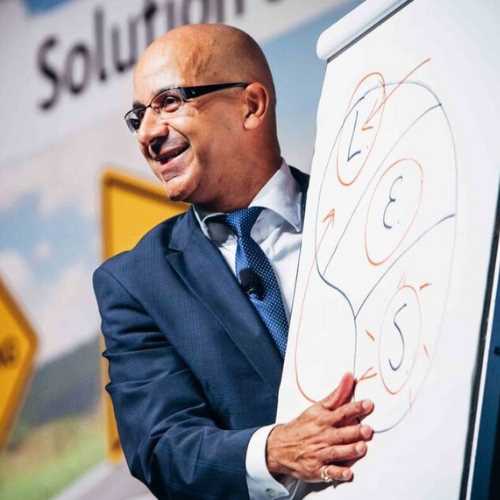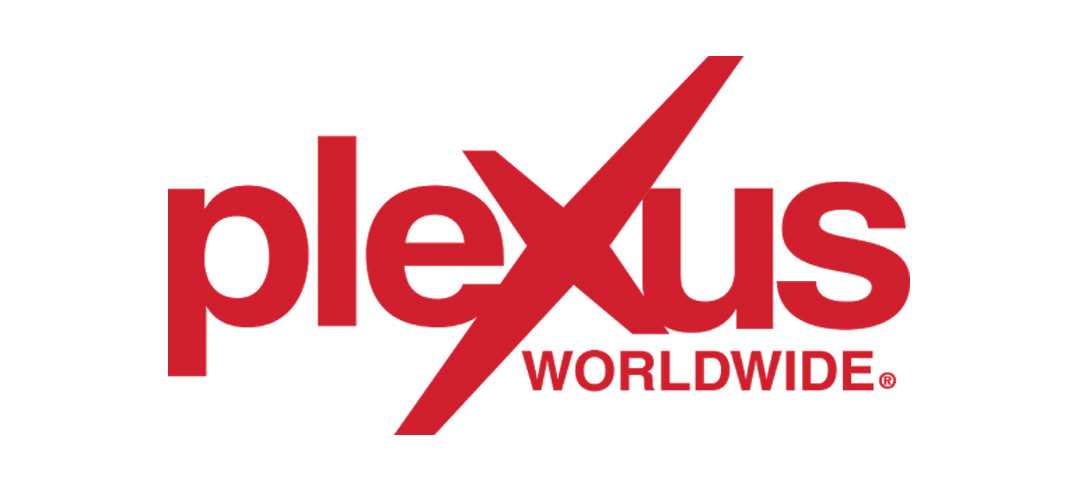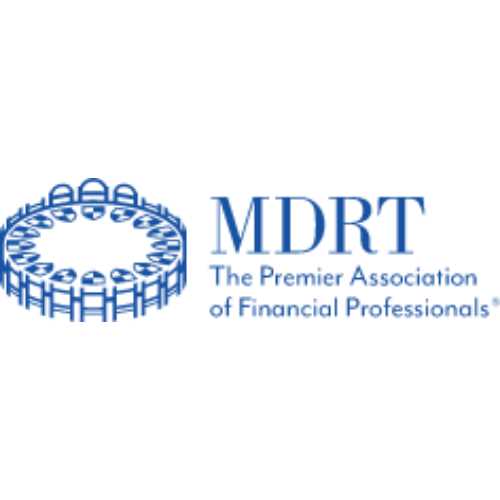Laura Adams
- Special Advisor, National Academy of Medicine
- Named to Becker’s Most Powerful Women in Health IT List
- Has delivered speeches and keynotes in 48 states and 13 different countries
Travels From
Massachusetts
Laura Adams - Transform 2012 - Leap and the Net will Appear
Mayo Clinic Transform 2017 - Session 7: Closing the Gap: Laura Adams
Laura Adams Speaker Biography
Laura Adams is the President and CEO of the Rhode Island Quality Institute (RIQI), a center of collaborative innovation that advances health and healthcare transformation. RIQI is the only organization in the nation to win all three of the major HITECH health IT grants which funded CurrentCare (the statewide health information exchange), the RI Regional Extension Center and the RI Beacon Community.
Laura Adams served on the ONC’s HIT Policy Committee’s Governance Panel for the Nationwide Health Information Network. She is a member of the newly-launched HIMSS Center for Patient and Family-Centered Care Advisory Group and chaired the Institute of Medicine’s (IOM) Planning Committee for the “Digital Infrastructure for Population Health and a Learning Healthcare System” workshop series.
Laura led the governance consulting for the Improving Performance in Practice (IPIP) Initiative, an RWJF-funded collaboration among the American Board of Medical Specialties, and the Boards and Societies of Internal Medicine, Family Physicians, and Pediatrics. She traveled in the U.S. and Europe with W. Edwards Deming in the study of statistical-based quality improvement. She was Founder, President, and CEO of Decision Support Systems, a New York-based company specializing in Internet-based healthcare decision support.
Laura has been a faculty member of the Institute for Healthcare Improvement (IHI) in Boston since its inception. She directed the IHI Idealized Design of the Intensive Care Unit project and served as faculty in the VHA’s ICU improvement collaborative. She was among the first to bring the principles of healthcare QI to the Middle East, in conjunction with Donald Berwick, MD and the Harvard Institute for Social and Economic Policy in the Middle East. She served as IHI faculty at the inaugural IHI Middle East Forum on Quality Improvement in Healthcare in Doha, Qatar in 2013.
RIQI won the 2013 National Council for Community Behavioral Health Excellence Award for Impact in serving those with behavioral health and substance abuse challenges. Laura has received Congressional citations for her visionary leadership and contributions to improving the healthcare system in Rhode Island. She received the University of Northern Colorado’s 2010 Distinguished Alumni award.
To book Laura Adams call Executive Speakers Bureau at 901-754-9404.
Resiliency; Burnout; Connection to Purpose
The social fabric of healthcare is torn and it’s impeding our ability to realize the promise of the Quadruple Aim of better health, better patient experiences, lower cost, and joy in work. Many in healthcare are feeling disconnected and isolated amid the cataclysmic changes that healthcare is undergoing. These dizzying forces—such as market disruption by non-healthcare giants, the rapid movement into the digital world, and the relentless focus on measurement—has us questioning all we thought we knew as healthcare professionals and could rely on. This session restores a deep connection to purpose and imparts practical, everyday tools to help providers find meaning in their work, connect more deeply with patients, build personal resiliency, and ultimately achieve better clinical outcomes. Through creating connection at a human, heart level, we can rebuild authentic connections to our patients and each other, and maybe most importantly, to ourselves, so that we’re fully capable of caring for others. Creating this tapestry borne out of human connection heals more deeply and completely than we think possible.
Participants will be able to:
1. Identify major forces putting providers at risk for demoralization, stress, and loss of the sense of purpose
2. Describe the effect of human connection—and lack thereof—in clinicians’ personal and professional lives
3. Employ innovative, practical, and effective approaches that contribute to restoring a sense of connection, purpose, and vitality to those providing care
Patient Safety in the Era of Artificial Intelligence
It has been twenty-five years since To Err is Human, the seminal NAM report that catalyzed the national patient safety movement. While progress has been made, there is so much more that can be done to realize the vision of a health system in which no one is harmed by care that is intended to help.
Artificial intelligence (AI) applications bring exciting and potentially transformative new tools to bear on the effort to improve patient safety. AI systems can do such things as analyze the huge amounts of data in EHRs and serve up key insights, predict patient deterioration before it becomes clinically apparent, and provide 24/7 monitoring to prevent patient falls.
AI tools can also reduce the administrative burden on clinical staff, improving their ability to focus on clinically important actions. Additionally, AI is poised to streamline quality measurement, speeding improvement while reducing the cost and burden on staff. While AI holds tremendous promise, it can also introduce new safety concerns, which can be mitigated, if AI is properly governed. This session will explore the hope, the hype, the promise and the peril of AI-enabled patient safety and provide practical strategies and tips for maximizing the benefits and mitigating the risks of deploying AI for patient safety.
Participants will be able to:
1. Describe the progress made since To Err is Human was published
2. Identify AI applications that hold promise to improve patient safety
3. Discuss the risks of the use of AI, including risks associated with the AI models, workflow issues, and over-reliance on technology
4. Apply practical strategies and tips to maximize AI’s potential to improve patient safety and minimize the risks
Digital Health
The recent and exponential advances in Digital Health are coming at us at an astonishing rate, forever changing healthcare as we know it. The future will bring unprecedented innovation and lay the groundwork for more effective person-centered care and more rapid research discoveries than we ever dreamed possible. However, as with all cataclysmic change, Digital Health has brought hope, but also hype, and in some cases, harm. To harness the best of Digital Health and minimize the risks, healthcare organizations and clinicians must understand the Digital Health landscape and how to navigate it. No discussion of Digital Health would be complete without addressing issues of patient privacy and agency over their healthcare data. Optimizing the power of Digital Health requires balancing the rights of individuals and the tremendous opportunity for the public good that comes from data aggregation.
This session will explore the inspiring impact of such things as “the digitized patient”, interoperability, big data, and analytics, as well as artificial intelligence/machine learning. It will also call out some causes for concern that warrant a pause along the path to avoid hardwiring harm into the future.
Participants will be able to:
1. Describe major digital health trends and the potential for positive impact on patients/families, clinicians, healthcare organizations and communities
2. Identify digital health’s unintended consequences and situations where the hype is outpacing reality
3. Leave the session equipped with a greater capacity to maximize the power and minimize the peril of digital health for personal, organizational, and community-wide benefit
Relationship-centered Care
Healthcare professionals are challenged to chart a path forward that focuses on the optimization of health rather than just the treatment of disease. To assure an organization’s ongoing clinical and financial success, rethinking our relationship with patients is imperative. Our oft-stated goal of “engaging the patient” exposes a core belief that we still see ourselves at the center of the healthcare system—that patients should engage with us. This carries great risk in the era of value-based payment models and prevents us from providing the clinically effective and holistic human care to which we all aspire. The key is to engage more deeply in the lives of our patients. This involves more than just what goes on within the walls of the hospital or physician's office. The best results are coming from activated communities where information flows from many sources and healthcare meets patients where they are. “Come and get it care” is a thing of the past and patient-driven design and delivery are becoming the essential business strategy in healthcare organizations of all sizes and types. When the patient experience guides design, we can create a healthcare system worthy of those who depend on it literally for their lives.
Participants will be able to:
1. Discuss the importance of engaging in the lives of patients and how this differs from the traditional
approach of engaging patients in the delivery system.
2. Discuss the implications of adopting a commitment to community-wide collaboration and assuring that data follows the patient.
3. Describe the relationship between patient stories and “connecting the dots” for the emergence of better,
more creative designs of care delivery.
Quality Improvement
Healthcare organizations that are achieving success in the era of value-based payments, digital health, and relationship-based care are agile, adaptive, and capable of organization-wide continuous improvement. These “Learning Health Systems” lever the knowledge gained from every patient to make care better for all those that follow. This presentation covers the basic principles of continuous quality improvement (CQI); understanding work as process; the concept of and methods behind Plan Do Study Act (PDSA) and other models to accomplish rapid cycle improvements; identifying and acting on special and common cause variation; the role of reliability science and human factors in driving healthcare improvement; approaches to putting patients on improvement teams; the role of CQI ineffective development of care standardization, best practices, and practice guidelines; and the power of CQI to help reweave human connection and restore meaning in healthcare.
Participants will be able to:
1. Articulate the power of quality improvement as not only a core business strategy but as an approach to deepening the sense of meaning in healthcare
2. Describe the practical use of the rapid-cycle (Plan-Do-Study-Act) scientific method for continuous quality improvement, including minimizing the burden of data collection
3. Apply the theory and tools in their daily work to drive patient safety, clinical quality improvement, and operational efficiency, and to reconnect to purpose






























October 19, 2022
Laura was a fantastic speaker! Her message resonated with our members. She took extraordinary care to ensure her presentation fit the theme of our conference. She was easy to work with and so personable.
Minnesota Hospital Association Helpful 0